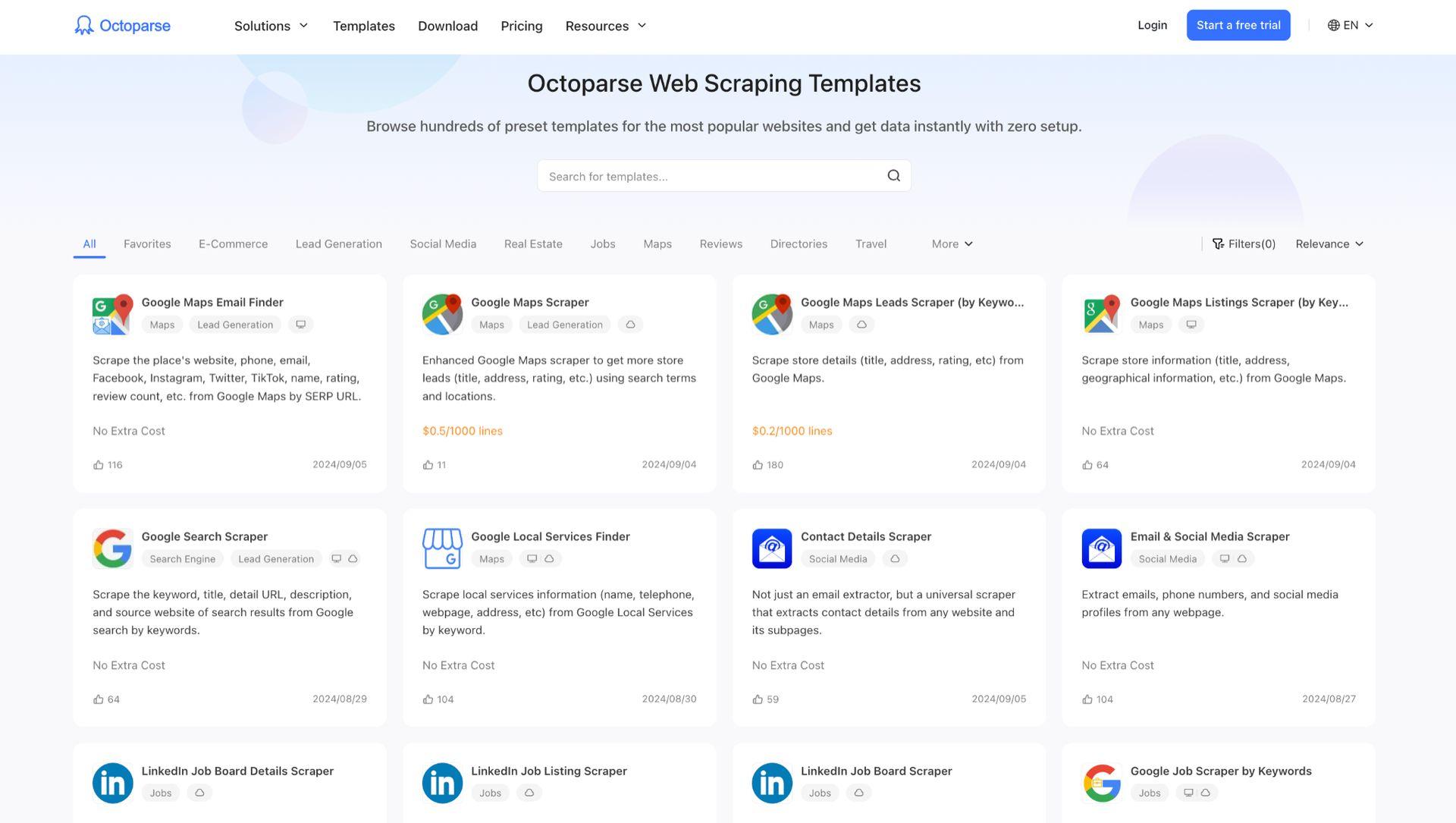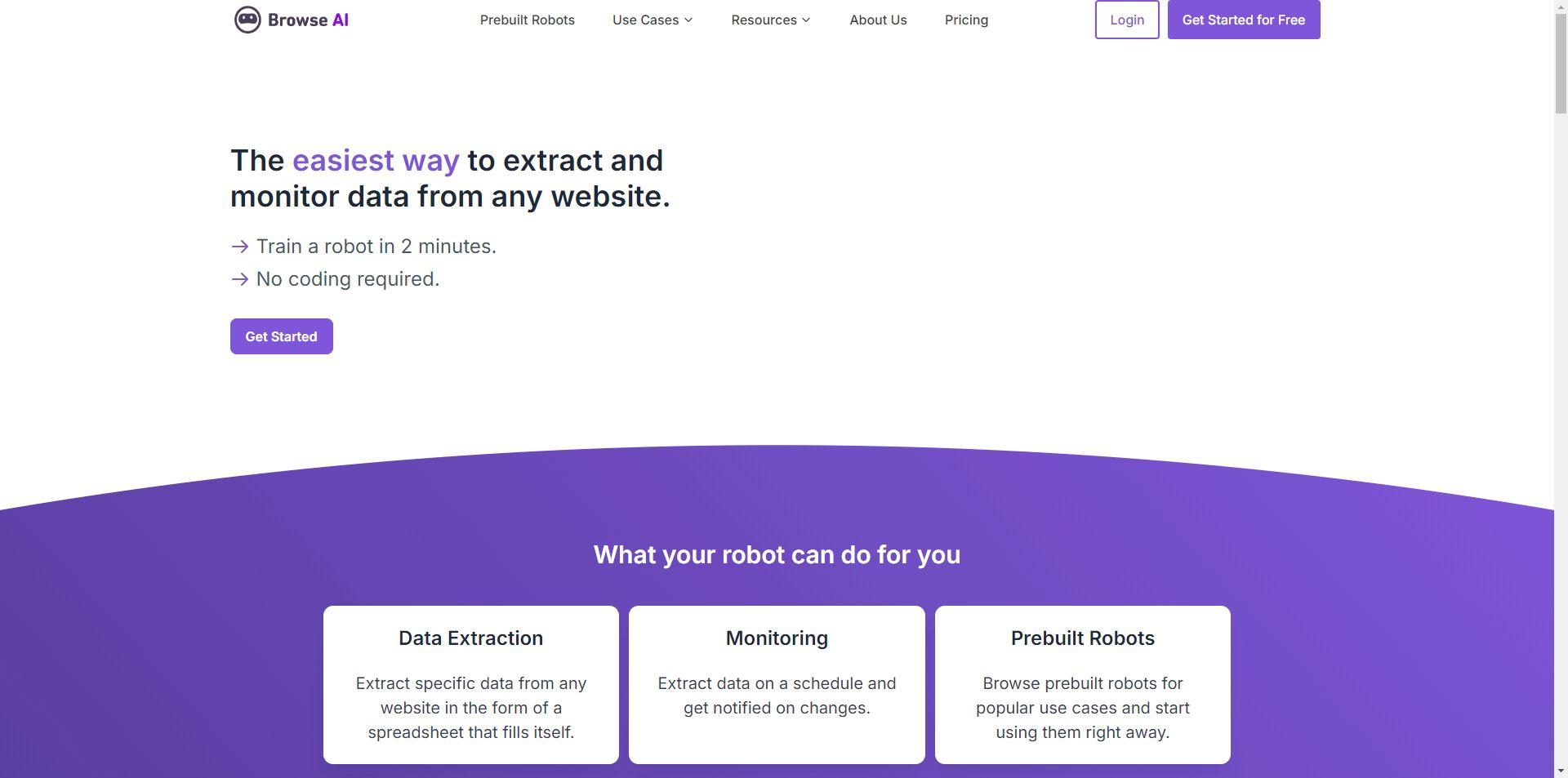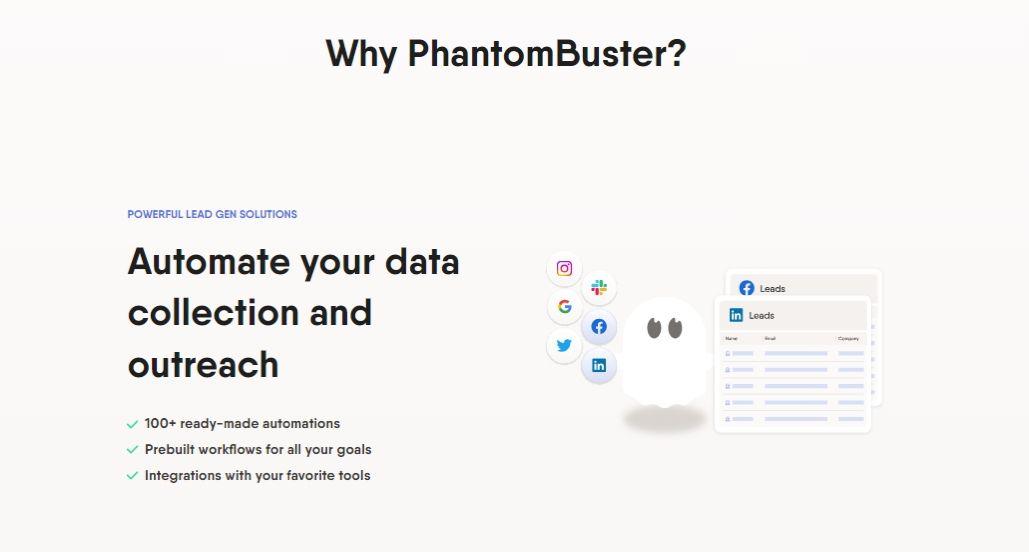In today’s competitive digital landscape, businesses are constantly seeking ways to stand out and drive effective marketing strategies. With the vast amount of information available online, finding the right data can feel overwhelming. That’s where web scraping steps in, offering a powerful solution to gather, analyze, and use online data to fuel your marketing campaigns. From competitive analysis to influencer marketing, web scraping has become a game-changer for marketers looking to gain an edge.
What is web scraping?
Web scraping is an automated process that extracts data from websites, turning unstructured information into usable, structured formats. Instead of manually copying data from web pages, businesses can deploy scraping tools to efficiently gather large amounts of data, often in real-time. This can include pricing, product reviews, customer feedback, social media insights, and more. Marketers can leverage this wealth of data to make informed decisions and optimize their campaigns.
How web scraping helps your marketing campaigns
1. Competitors analysis
To stay ahead of your competition, you need to know what they are doing. Data scraping allows you to monitor competitors’ websites, social media activity, and customer reviews. You can track pricing changes, new product launches, promotional strategies, and even content updates. This gives you a real-time snapshot of their marketing tactics and helps you adjust your strategy to stay competitive.
For e-commerce businesses, web scraping can be particularly valuable in monitoring competitors’ prices across various platforms. For instance, if you’re preparing for a big sales event, scraping competitor pricing data can reveal potential price gaps. You might notice that a competitor has increased prices on certain items, allowing you to strategically offer a lower price to capture the market. Additionally, you can analyze product availability, seasonal promotions, or customer reviews, helping you fine-tune your own product offerings, discount strategies, and positioning during peak sales periods. This data gives you a competitive advantage when pricing your products to attract more buyers and increase sales.
Identifying the right affiliates or influencers for your brand can be daunting. Web scraping makes this process easier by scanning platforms like Instagram, YouTube, or TikTok to find influencers that align with your brand. You can extract data about their followers, engagement rates, and niche focus. This information allows you to identify potential partners who can help you reach your target audience more effectively.
Additionally, marketers can leverage email scraper to fast-track the outreach process. By using an email extractor, you can collect relevant contact information from websites, blogs, or social media profiles. This eliminates the need for manually searching for email addresses, speeding up your influencer and affiliate outreach. Once you have the emails, you can easily send personalized pitches to influencers or affiliates, increasing the chances of building successful partnerships. The combination of influencer data and email scraping helps you create efficient and targeted outreach campaigns.
3. Marketing data collection
Successful marketing campaigns are built on data-driven decisions, and web scraping is a key tool for gathering the insights needed to make those decisions. Scraping allows marketers to collect vast amounts of valuable data from a variety of sources:
- Social Media Trends: By scraping social media platforms like Twitter, Instagram, or Reddit, marketers can identify trending topics, popular hashtags, and customer sentiment in real-time. This data enables marketers to craft content that resonates with current interests and capitalize on trending conversations for better engagement. Post data can also be collected such as likes, views, replies to evaluate the popularity of a certain topic.
- Customer Preferences: Web scraping tools can gather customer reviews, product ratings, and feedback from e-commerce websites or review platforms such as Amazon or Yelp. This data reveals what customers like or dislike about specific products, helping marketers identify features to highlight in their campaigns or gaps in the market that need addressing. Understanding customer preferences also allows for more personalized marketing messages, driving higher conversion rates.
- Competitor Marketing Strategies: Marketers can scrape data from competitors’ websites and advertisements to monitor their marketing efforts. This includes scraping landing pages, email newsletters, and online ads to see which products they are promoting, what keywords they are using, and what types of messaging they employ. This competitive intelligence helps marketers refine their own strategy and identify areas where they can outperform competitors.
- Industry-Specific Forums: Niche forums or online communities like Quora, ProductHunt, or specialized industry boards provide a wealth of user-generated content. By scraping discussions, questions, and solutions from these sources, marketers can uncover pain points, emerging trends, and industry concerns. This insight helps marketers position their products or services as solutions to common problems.
4. Brand alert
Monitoring your brand’s presence online is critical for reputation management. Data scraping can help you keep track of brand mentions, reviews, or news articles that involve your business. Whether it’s monitoring social media chatter or gathering feedback from review platforms, scraping tools allow you to stay on top of public perception and address any issues promptly.
5. Brainstorming for content ideas
Content creation is a key aspect of any marketing strategy, and web scraping can spark new ideas. By scraping top-performing content in your industry, such as blog posts, social media trends, and news articles, you can identify gaps or opportunities for creating engaging and relevant content. This not only keeps your content fresh but also ensures it is in line with current trends that capture your audience’s attention.
Top 3 web scraping tools to use
Octoparse
Octoparse is a versatile web scraping tool known for its user-friendly, no-code interface. It allows marketers to easily extract data from almost any website without needing advanced technical skills. Octoparse offers pre-built templates for common tasks, like scraping e-commerce platforms or social media sites, making it ideal for marketing professionals who need quick insights.
 Core Features
Core Features
- No code point-and-click interface
- Cloud extraction & storage
- 24/7 highly responsive customer support
- 500+ free pre-built templates
- Scraping task schedule
- Open API supported
- Integrate with databases, Google Sheets, Zapier
- Export data as CSV, Excel, or JSON
- GDPR compliant
- captchas solving, IP rotation, and proxies supported
Octoparse offers a 14-day free trial (free plan available with limited features).
Paid plan starts from $99 per month.
Browse.ai
 Browse.ai is a simple yet powerful scraping tool that allows you to monitor websites for changes and extract data in real-time. Its automation capabilities make it perfect for keeping tabs on competitor pricing, monitoring trends, or tracking specific web pages without manual intervention. Browse.ai offers great flexibility and can be integrated with other tools to enhance your marketing efforts.
Browse.ai is a simple yet powerful scraping tool that allows you to monitor websites for changes and extract data in real-time. Its automation capabilities make it perfect for keeping tabs on competitor pricing, monitoring trends, or tracking specific web pages without manual intervention. Browse.ai offers great flexibility and can be integrated with other tools to enhance your marketing efforts.
Core Features
- Easy-to-use interface
- Tracks changes in websites
- Supports automation of tasks on a set schedule
- API Integration
Browse.ai offers a free plan with limited monthly runs and basic features.
Paid plans start from $19 per month.
Phantombuster
 Phantombuster specializes in scraping data from social networks, making it ideal for affiliate and influencer marketing. With its automation and integration capabilities, it allows users to extract data from LinkedIn, Instagram, and Twitter profiles to analyze followers, engagement, and content. This tool is particularly helpful for social media marketers looking to streamline their influencer campaigns.
Phantombuster specializes in scraping data from social networks, making it ideal for affiliate and influencer marketing. With its automation and integration capabilities, it allows users to extract data from LinkedIn, Instagram, and Twitter profiles to analyze followers, engagement, and content. This tool is particularly helpful for social media marketers looking to streamline their influencer campaigns.
Core Features
- Automates scraping from social media platforms like LinkedIn, Instagram, and Twitter
- Pre-built automation flows (Phantoms) for easy setup
- Cloud-based data extraction
- Integration with CRMs, Google Sheets, and Zapier
- Export data as CSV or JSON
- Supports team collaboration for marketing and sales tasks
Phantombuster offers a free plan with limited API calls.
Paid plans start from $59 per month.
Things to be noticed
While web scraping can provide a wealth of valuable data, there are some important factors to consider. First, be aware of the legal landscape, as some websites have restrictions or terms of service that limit the use of scraping. It’s important to ensure that your data-gathering practices comply with legal regulations, including privacy laws like GDPR. Additionally, be mindful of the website’s server load—excessive scraping can sometimes slow down or disrupt a site’s performance, so it’s best to scrape responsibly and avoid heavy traffic to sensitive servers.
Conclusion: Provides insights needed to make data-driven decisions
Web scraping is a powerful tool that enables marketers to gather and analyze data in ways that can significantly enhance their campaigns. From competitor analysis to influencer marketing, scraping provides the insights needed to make data-driven decisions. With tools like Octoparse, even marketers without coding experience can harness the power of web scraping to stay ahead in the ever-evolving digital landscape. By using these tools responsibly and legally, you can gain valuable insights that fuel your marketing strategies for long-term success.






